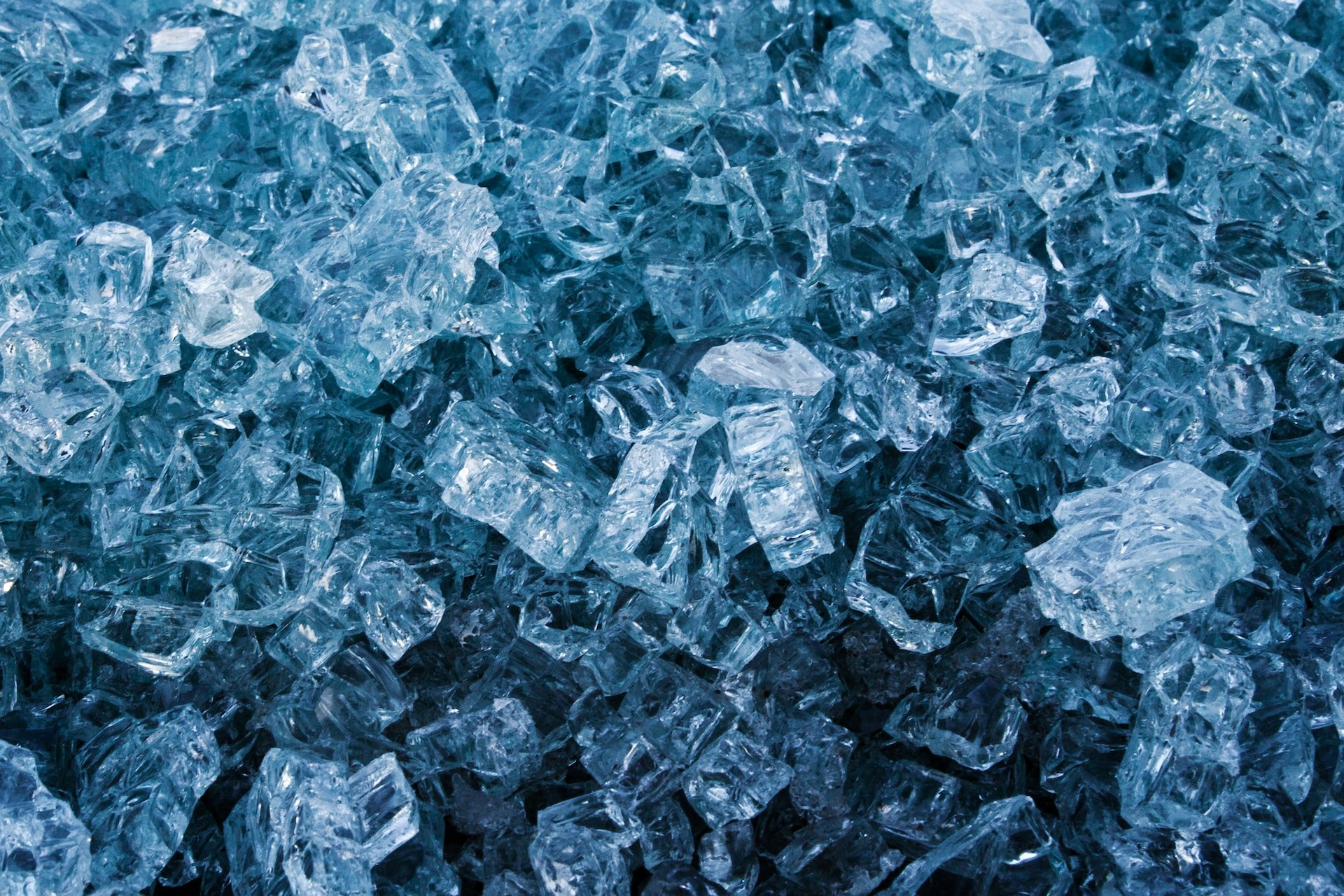Yes, you can freeze juice in glass bottles, as long as it's the right type of glass and enough room is left for the liquid to expand.
The best way to reap all the benefits of freshly made fruit juice is to drink it immediately. However, our hectic lifestyles don't always allow us time to prepare juice several times a day. Hence, the need for a suitable way to store fresh fruit and vegetable juices without spoiling the valuable nutrients or risking chemical damage caused by plastic packaging.
When freezing juice, using glass bottles over plastic is key, as plastic bottles have been known to explode when frozen. Freezing juices in glass bottles is healthier for you and your family because glass does not contain BPA, PVC, phthalates, or hormone-disrupting chemicals that can leak into the juices.
With sustainability, health benefits and quality in mind, using glass is the way to go. Glass is one of the oldest and most trusted packaging materials, going back over 5,000 years, and opting for glass over plastic will continue to protect the environment, and improve public health.
What to Know About Freezing Juice in Glass Bottles
It is perfectly safe and easy to freeze fruit juice in glass bottles, but there are a few things to keep in mind, and here we'll share the dos and don'ts to consider.
1. Choose Appropriate Bottles
Some glass bottles can't be frozen because extreme temperature changes can make them crack or break. Choose glass bottles that are made from borosilicate glass or tempered glass.
Tempered glass is hardened and less likely to crack or break when temperatures change suddenly. Tempered glass is better able to handle the extreme temperature fluctuations that come with freezing and thawing.
2. Leave Expansion Room
Liquids expand when they freeze, and if there is no headroom to allow for expansion, the bottle may crack, shatter, or break. Never fill the bottle to the brim. Instead, leave an inch or more of open space between the juice level and the brim of the bottle. This is unlike freezing whole fruits or vegetables, which have air pockets into which expansion can take place.
3. Proper Sealing
After filling the bottles with juice, seal them tightly. Make sure you use airtight caps or screw-on lids that will prevent any air from entering, which could cause freezer burn and deteriorate the juice quality.
4. Label the Bottles
Considering that you’ll likely make different juices at different times, don’t forget to mark the juice type and date for future reference to track the freshness.
5. Placement in the Freezer
You want to ensure that the juices freeze quickly and evenly. It’s best to place the bottles in the coldest part of your freezer. Furthermore, remember that, like the juice inside, the glass bottles also expand when they are frozen. Not enough for you to see, but enough to cause potential cracking if you pack them too closely. Avoid overcrowding, and you’ll avoid broken juice bottles.
6. Thawing Process
Gradual thawing is the safest way to avoid cracking glass bottles. If time allows it, transfer the bottled juice from the freezer to the refrigerator and leave it overnight or for 8 to 12 hours to thaw gradually. If that’s not possible, you can leave it to thaw at room temperature, but never put the frozen bottle in warm water or the microwave to thaw quickly. Glass bottles are tough, but not that tough, and juices are not meant to be microwaved.
Conclusion
To conclude, when freezing cold-pressed juices in glass bottles, it's important to use proper techniques and materials to ensure the best results and no breakage. When freezing cold-pressed juices in glass bottles, you show your care about quality, taste, and physical and environmental health. As each drop of juice thaws and flows into a glass, it carries the essence of health and well-being, while simultaneously reducing the environmental footprint.
(Note: Want premium supplies for your juice business at wholesale prices? Check out the Goodnature Marketplace. Choose from a premium selection of glass bottles, smoothie bases, superfoods and more!)


Comment